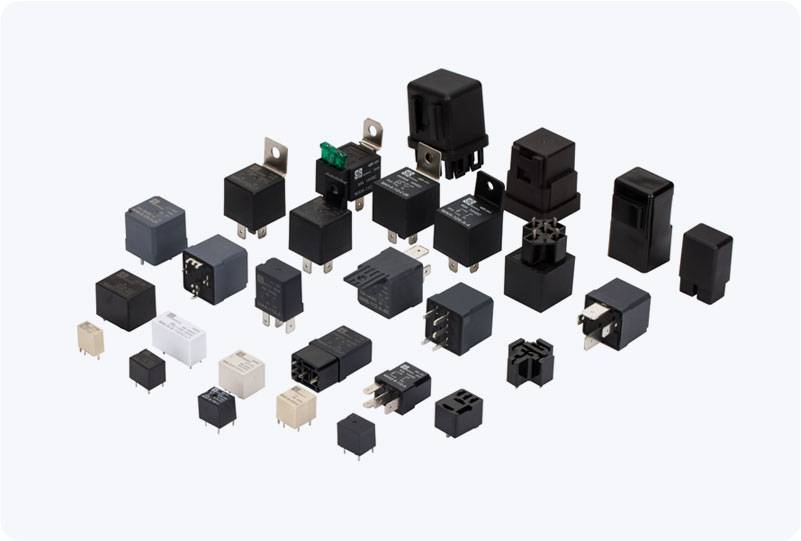understanding the motor starter relay: function, components, and applications
Release time:2025-08-27 07:53:13
A Motor Starter Relay is a key electrical component used in the control and protection of electric motors. It is primarily designed to manage the starting and stopping of motors, while providing overcurrent and overload protection. This simple yet essential device ensures that motors operate smoothly and safely in a wide range of applications, from industrial machinery to household appliances.

Function of the Motor Starter Relay
The Motor Starter Relay works as a part of a larger motor control system, typically in combination with a contactor, thermal overload protector, and other electrical components. Its primary function is to facilitate the safe and efficient operation of electric motors.
Motor Starting: When a motor is to be started, the relay acts as a switch, allowing current to flow from the power source to the motor. It ensures that the motor is properly energized, causing it to begin rotating.
Overload Protection: A key role of the motor starter relay is to protect the motor from damage due to excessive current. It monitors the motor’s current and stops the flow of electricity if it detects an overload condition, preventing potential overheating or burnout.

